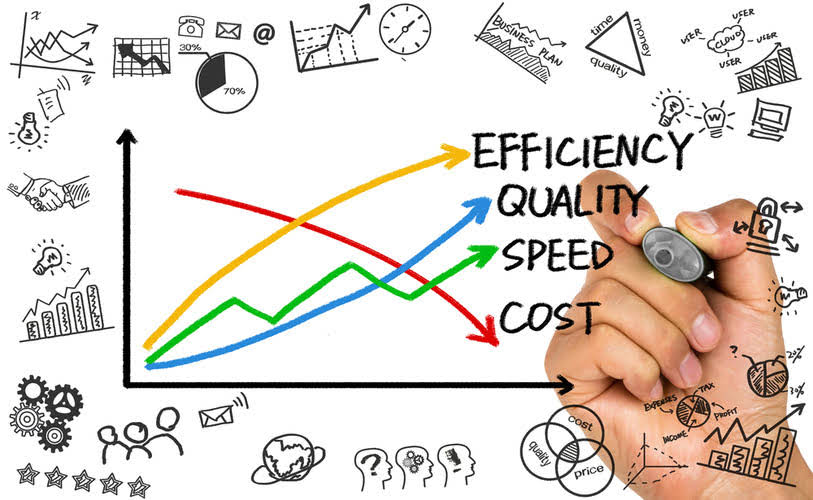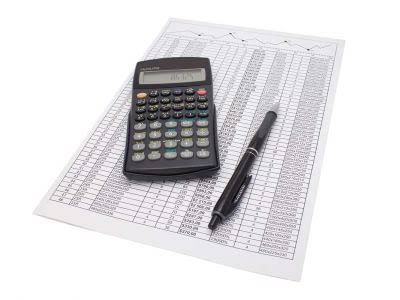Average variable cost Wikipedia

Depreciation is a common fixed expense that is recorded as an indirect expense. Companies create a depreciation expense schedule for asset investments with values falling over time. Marginal cost is the cost incurred when producing one additional unit. One of the most common uses for variable expense info is to set prices for your products or services.
- This means that service industry businesses are more vulnerable to competition since startup costs are much lower than other types of businesses.
- Marginal cost differs significantly from other cost metrics, such as average cost and fixed cost.
- Since you’ll only need to pay for packaging and shipping if/when you make a sale for delivery, it’s considered a variable cost—even if the price of shipping remains the same over time.
- As another example, consider the problem of irrigating a crop on a farmer’s field.
- Nevertheless, by understanding and properly applying marginal cost analysis, companies can make more informed decisions about their operations, ultimately leading to more profits.
Total Variable Cost = Total Quantity of Output x Variable Cost Per Unit of Output
It helps managers to identify the most cost-effective production level and make better decisions about pricing and output. For example, if the average variable cost is USD 0.50 per widget, then the company should not sell any widgets for less than USD 0.50. In that case, the company should not produce more than 1,000 widgets, as that would increase the total variable https://tungstenroyce.com/understanding-the-cost-principle-in-modern cost and reduce the profitability of the business.
In the News Teaching Activity – How does falling cement output affect the UK economy? (Sept
In general, it can often be specifically calculated as the sum of the types of variable costs. Variable costs may need to be allocated across goods if they are incurred in batches (i.e. 100 pounds of raw materials are purchased to manufacture 10,000 finished goods). Average variable cost per unit is the total variable costs divided by total output.
- The marginal cost curve begins to slope upward at this point, signaling that each additional unit will now cost more to produce than the previous one.
- Utilities are also variable in cost and are important when a manufacturing line turns on equipment and starts production.
- The calculation can also be done by utilizing totals over a given period of time.
- Initially, variable cost increases at a decreasing rate because of increasing returns, according to the law of diminishing marginal returns.
- All types of costs, including variable or fixed, that are incurred in a production process are called total costs.
- Quickonomics provides free access to education on economic topics to everyone around the world.
AccountingTools

In this situation, the job salary may be considered an implicit QuickBooks ProAdvisor cost that you could have earned if you decided to do the job instead of starting your business. If a higher volume of products is produced, the amount of delivery and shipping fees also incurred increases (and vice versa) — but utility costs remain constant regardless. Calculating the answer means taking into account a lot of material and other factors. Nevertheless, by understanding and properly applying marginal cost analysis, companies can make more informed decisions about their operations, ultimately leading to more profits. To better explain this concept and differentiate variable and fixed costs, we’ll use a few examples to help you understand how they may apply to your industry. If your company offers shipping to customers, you’ll need to consider packaging and shipping among your other variable costs.


If these costs increase at a rate that exceeds the profits generated from new units produced, it doesn’t make sense to expand. Examples of variable costs are sales commissions, direct labor costs, cost of raw materials used in production, and utility costs. Dividing the costs into fixed and variable parts helps a business in terms of cost control. Variable costs are more flexible and easy to control as compared to fixed costs, which have to be paid even if no production is done. The third step is to put all the values in the formula and divide the total variable cost by the number of units produced and we get the value of the average variable cost. A good example of variable costs for a piano manufacturer is the cost of piano keys.
Why Average Variable Cost Matters

In conclusion, average variable cost is the total variable cost divided by the number of units produced. Average variable cost is an important figure for any business and is used in making variable costs economics definition various decisions such as pricing, production, breakeven and costing. Calculating average variable costs also helps businesses become more efficient and profitable.

